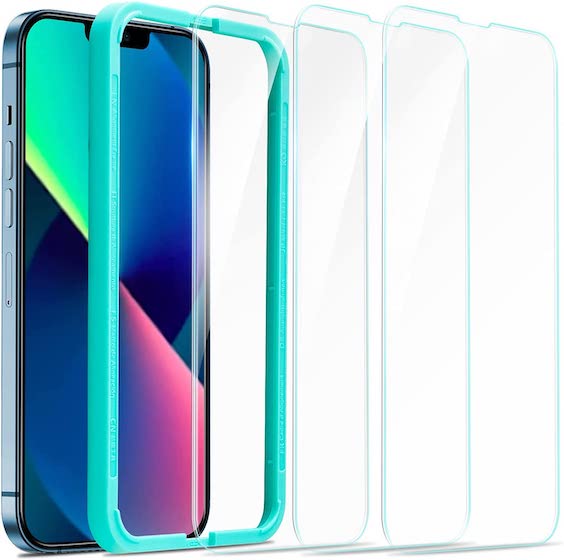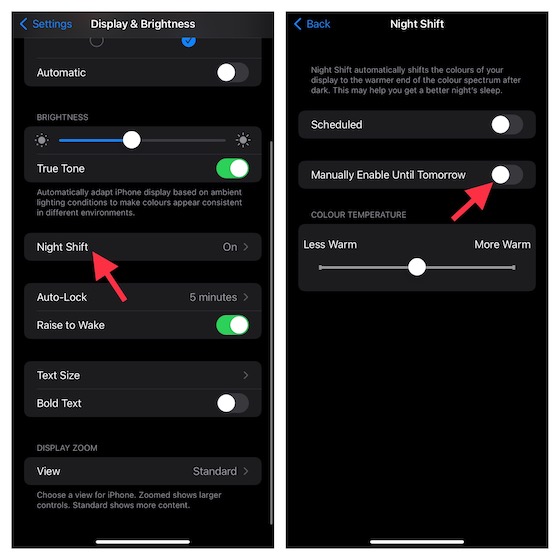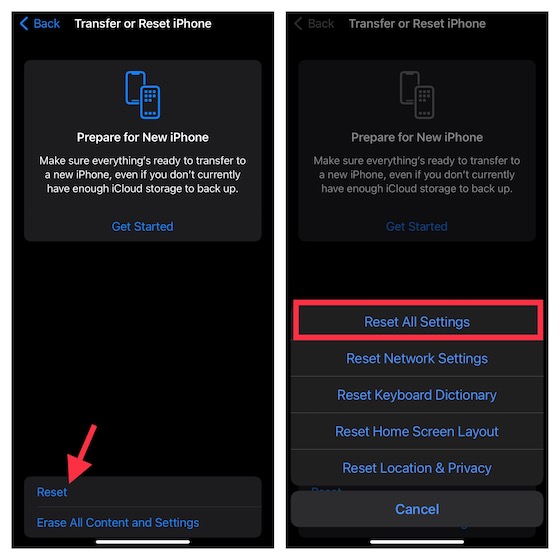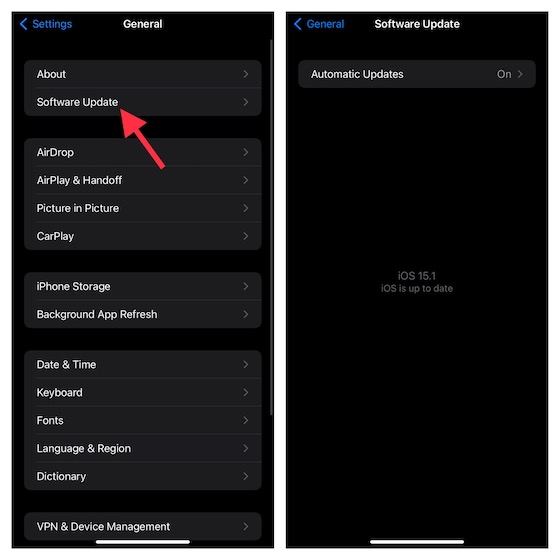Auto-brightness has long been a notable iOS feature. Equipped with an ambient light sensor, the iPhone automatically adjusts the screen brightness to your current lighting conditions. For instance, when you move to a dark location, the sensor will detect that and lower the screen brightness. And when you move to a brightly-lit area, it increases the brightness for you to have an enhanced viewing experience. Not just that, this feature also reduces unnecessary battery consumption. That said, it’s not always spot-on. At times, the sensor may fail to read the surroundings correctly, thereby leaving the screen either too dim or too bright. But fret not if you are facing auto-brightness issues on your iPhone, as here are some handy tips to help you fix the auto-brightness feature not working on the iPhone.
Fix Auto-Brightness Not Working on iPhone (2022)
What Causes the Auto-Brightness Not Working Issue on iPhone?
There are several reasons that could be causing the auto-brightness to stop working on your iPhone. For instance, the issue could be due to a faulty or cracked screen protector, dust clogging the ambient light sensor, or a cheap third-party iPhone display replacement. Besides all these reasons, a miscellaneous software bug could always cause the ambient sensor to glitch out and the auto-brightness not working issue on your iPhone.
Best Tips to Fix Auto-Brightness Not Working on iPhone
1. Clean the iPhone Notch Area
The first thing you should do to fix the ill-functioning ambient sensor on your iPhone is to clean the area around it. The built-in ambient light sensor is located at the top of the iPhone’s screen in the True Depth Face ID camera system (or famously known as the notch). You can use a soft lint-free cloth to clean the screen to ensure there is no gunk on/ around the sensor.
If a dirty ambient light sensor is what was causing the auto-brightness not working issue on your iPhone, it should be fixed now.
2. Turn Off/ On Auto-Brightness
At times, a soft reset is all you need to resolve the auto-brightness problem on your iOS device. So, be sure to try out this simple yet efficient trick. Here’s what you need to do:
- Open the Settings app on your iPhone and navigate to Accessibility -> Display & Text Size. Now, scroll down to the bottom and turn off the “Auto-Brightness” toggle.

- After that, restart your iPhone, and navigate to the same settings page in the step above. Then, turn on the Auto-Brightness toggle once again.
3. Hard Reset Your iPhone
By removing random cache and temporary files, a hard reset is often able to resolve common iOS issues that might cause software features like auto-brightness to not work as intended on your iPhone. Hence, make sure to try out this nifty hack as well.
- On iPhone 8 or later: Press and quickly release the volume up button. Then, press and quickly release the volume down button. Next, press and hold the power button until you see the Apple logo on the screen.
- On iPhone 7/7 Plus: Hold down the power button and the volume down button at once until the Apple logo shows up on the screen.
- On iPhone 6s/6s Plus or earlier: Hold down both the home button and power button until the Apple logo appears on the screen.
4. Remove the Screen Protector
No solution above helped resolve the auto-brightness not working issue on your iPhone? Well, try removing the screen protector. Not many screen guards come with laser-cut dimensions (especially the cheaper ones). If the issue is persistent, there is a possibility that it could be due to your screen guard.
Once you have removed the screen protector, check if the screen brightness automatically adjusts according to the light conditions of your surroundings. If it does, your screen protector, and not your iPhone, was at fault. And if you are looking for a new screen protector, you can check out the best screen protectors for the iPhone 13 and iPhone 12 lineup right here.

5. Try Turning Off Night Shift
If the auto-brightness issue has not yet been solved on your iPhone, we suggest turning off Night Shift as the next reliable solution. It might be interfering with the auto-brightness feature. For those uninitiated, Night Shift automatically shifts the colors of your iPhone’s display to the warmer end of the color spectrum at night.
- Open the Settings app on your iPhone, navigate to Display & Brightness -> Night Shift, and turn off the “Manually Enable Until Tomorrow” toggle. The iPhone screen should now return to cooler color tones, and the auto-brightness not working problem should be resolved.

6. Get Genuine iPhone Display Replacement
If you recently got your iPhone screen repaired by an unauthorized service provider, make sure the display is not causing the issue. Many a time, third-party iPhone displays (specifically the duplicate ones) are found to be at variance with things such as Face ID (causing it to stop working), True Tone, and auto-brightness. So, contact your service provider to enquire about the display and ask it to use a genuine one, if needed.
7. Reset All Settings on Your iPhone
If nothing seems to work for you until now, try wiping the existing settings and returning them all to factory default on your iPhone. This workaround comes in handy when dealing with complex iOS software issues. So, we will bank on it to troubleshoot the frustrating auto-brightness not working problem on our iPhone.
- In iOS 15 or later: Open the Settings app on your iPhone -> General -> Transfer or Reset iPhone -> Reset -> Reset All Settings.

- In iOS 14 or earlier: Navigate to the Settings app on your iPhone -> General -> Reset -> Reset All Settings.
8. Update Software on Your iPhone
Considering how buggy recent iOS updates have been, you should never rule out the possibility of a software bug causing the ambient light sensor to stop working as intended. If that would be the case, it could be causing the auto-brightness feature to go haywire on your iPhone. Hence, update the iOS software if auto-brightness continues to misbehave on your iPhone.
- Go to the Settings app on your iPhone and navigate to General -> Software Update. Then, download and install the latest version of iOS without any issues.

[Fixed] Auto-Brightness Issues on iPhone
That’s pretty much it! Has the auto-brightness feature returned to normal on your iOS device? I hope one of these eight solutions helped fix this frustrating issue on your iPhone. Let us know the trick that helped you solve this problem. And if you know any other efficient hacks or workarounds that can help fix the auto-brightness not working issue on iPhone, make sure to comment them down below.






